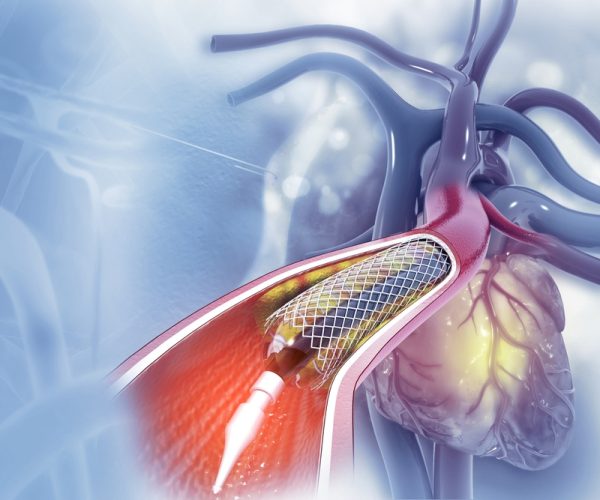What is Angioplasty and Stenting?
Angioplasty and stenting are endovascular procedures designed to improve blood flow through arteries narrowed by plaque buildup. A small balloon-tipped catheter is inserted through a blood vessel and guided to the site of blockage. The balloon inflates to compress the plaque against the artery wall, restoring circulation. In many cases, a stent—a small mesh tube—is placed to keep the artery open long-term. This procedure is performed under local anesthesia with imaging guidance and is a key treatment for conditions such as coronary artery disease and peripheral arterial disease.
This procedure helps to:
- Restore proper blood flow to affected organs or limbs.
- Relieve symptoms such as chest pain, fatigue, or leg cramping.
- Prevent tissue damage due to poor circulation.
- Reduce the risk of heart attack or stroke.
- Support long-term vessel patency with stent placement.
What to expect after Angioplasty and Stenting?
Patients usually recover quickly, often returning home the same day or after an overnight stay. Mild soreness at the catheter insertion site is common but temporary. Most individuals notice improved circulation and reduced symptoms shortly after the procedure.
- Mild bruising or tenderness at the catheter site.
- Short hospital observation period for monitoring.
- Gradual improvement in symptoms within days.
- Instructions to limit heavy lifting for 24–48 hours.
- Regular follow-ups to monitor stent health and function.









